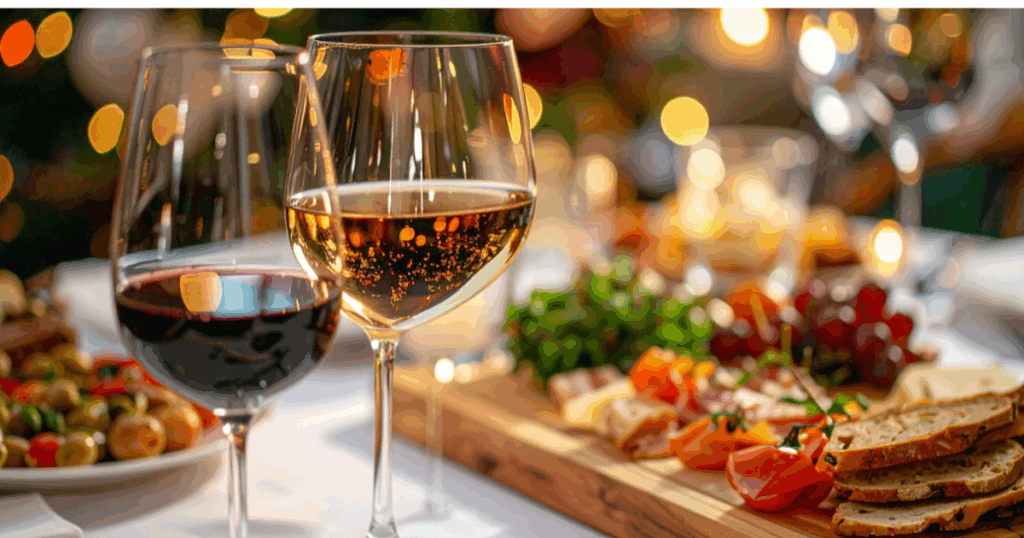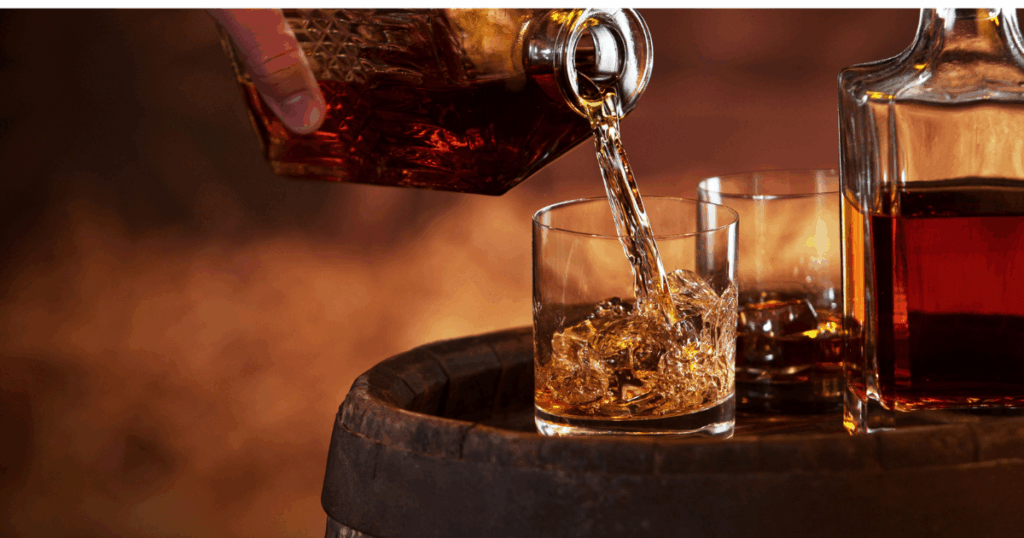Wine tasting can be an incredibly enjoyable and educational experience, whether you’re new to wine or looking to deepen your appreciation. By learning to observe, smell, taste, and note your wine, you can enhance your sensory experience and better understand what you enjoy. Here are some detailed tips to help you taste wine like a pro.
1. Look
Color: The first step in wine tasting is to observe the color of the wine. Hold the glass against a white background, such as a napkin or a piece of paper, to get a clear view of the wine’s hue and intensity. The color can provide clues about the wine’s age, grape variety, and even its flavor profile.
- White Wines: Young white wines typically have a pale straw or light yellow color. As they age, they can develop deeper golden hues.
- Red Wines: Young red wines often exhibit vibrant colors like ruby or purple. As they age, the color may shift to deeper shades of garnet or even brownish tones at the rim.
Clarity: Next, check the clarity of the wine. A clear wine is usually a sign of quality, indicating that it has been properly filtered and stored. Cloudiness in wine can suggest faults such as microbial spoilage or contamination.
- Brilliance: A bright, clear wine is often more appealing and indicates good health and proper winemaking techniques.
- Dullness: A dull or cloudy appearance might indicate a flaw, though some unfiltered wines may naturally appear less clear.
2. Swirl
Purpose: Swirling the wine in your glass is essential as it helps to aerate the wine, releasing its aromas and enhancing your tasting experience. This simple action allows volatile compounds to evaporate, making the aromas more noticeable.
How to Swirl: Hold the base of the glass on a flat surface and gently swirl in a circular motion. If you’re comfortable, you can also hold the glass by the stem and swirl it in the air.
- Glass Shape: Using a glass with a wide bowl can make swirling easier and more effective, as it allows more surface area for the wine to interact with the air.
- Controlled Swirl: Start slowly to avoid spilling, and increase the motion as you gain confidence.
3. Smell
First Sniff: Take a quick sniff to get an initial impression of the wine’s aromas. This first sniff can give you a general idea of the wine’s character and complexity.
Deep Inhale: Follow with a deeper inhale to identify more subtle and complex notes. Hold the glass close to your nose, take a deep breath, and try to pick out specific aromas.
- Common Aromas: Wine aromas can range from fruity (such as apple, cherry, or citrus) to floral (like rose or violet), spicy (including pepper or cinnamon), and earthy (such as leather, tobacco, or mineral notes).
- Complexity: A wine with a wide range of aromas is often considered more complex and interesting.
Aroma Categories:
- Primary Aromas: These come from the grapes themselves, including fruit, floral, and herbaceous notes.
- Secondary Aromas: These are derived from the fermentation process, such as yeasty or creamy notes.
- Tertiary Aromas: These develop during aging, including elements like oak, vanilla, and earthiness.
4. Taste
Initial Sip: Take a small sip and let the wine coat your palate. Pay attention to the flavors and how they evolve from the initial taste to the finish.
- Flavor Profile: Identify the primary flavors. Are they fruity, floral, spicy, or earthy? Note any specific fruit flavors or other identifiable tastes.
- Balance: Assess the balance of the wine. Is it well-balanced in terms of acidity, sweetness, tannins, and alcohol?
Mouthfeel: Notice the texture and body of the wine. This includes the weight and feel of the wine in your mouth—whether it’s light, medium, or full-bodied.
- Acidity: Does the wine feel crisp and refreshing? Acidity provides structure and makes your mouth water.
- Tannins: In red wines, tannins provide a drying sensation on your palate. Notice if the tannins are smooth, silky, or harsh.
- Alcohol: Higher alcohol wines tend to have a warming sensation. Note if the alcohol is well-integrated or overpowering.
Finish: Observe the finish, or aftertaste, and how long the flavors linger. A long, complex finish is often a sign of a high-quality wine.
- Short Finish: Flavors dissipate quickly, often found in simpler wines.
- Long Finish: Flavors persist, evolving on the palate, typical of more complex wines.
5. Note-Taking
Keep a Journal: Writing down your observations can help you remember wines you like and understand your preferences. Keeping a wine journal allows you to track the wines you’ve tasted, note your impressions, and identify patterns in your preferences.
- Details to Record: Note the name, vintage, producer, region, price, and where you bought the wine. Include your observations on color, aroma, taste, mouthfeel, and finish.
Compare Wines: Tasting wines side-by-side can highlight differences and deepen your understanding. Comparative tasting can help you discern subtle distinctions between different grape varieties, regions, or styles.
- Themed Tastings: Organize tastings by theme, such as comparing wines from the same region, different vintages, or similar price points.
Reflection: Reflect on your tasting notes to see which wines you enjoyed the most and why. This reflection can guide future purchases and deepen your appreciation for wine.
With these tips, you can approach wine tasting with confidence and enjoy the experience like a pro. Observing, swirling, smelling, tasting, and noting your wine can enhance your sensory experience and broaden your understanding of different wines. Whether you’re a novice or an experienced wine lover, these techniques will help you appreciate the nuances of each wine you taste. Visit Pina Wine & Spirits for a curated selection of wines to practice your new skills and discover new favorites. Our knowledgeable staff is here to help you find the perfect wines to suit your palate and enhance your wine-tasting journey. Cheers to your next wine-tasting adventure!






